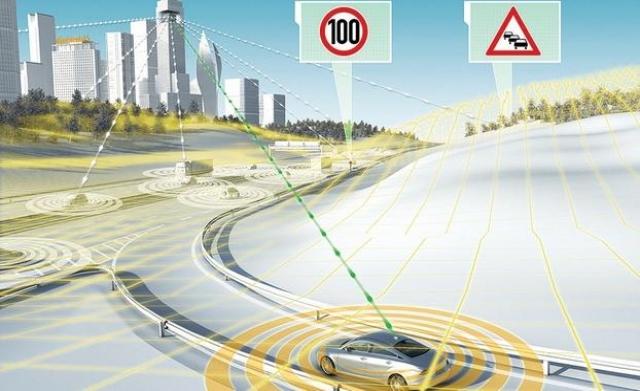
Satellite and street views often go months, even years between updates, which doesn’t do you much good if you’re trying to get a quick glance at the roads or perhaps spy on your neighbors.
Furthermore, dynamic events like weather and construction are not usually included, meaning potential delays could be lying in wait.
At the 2015 Consumer Electronics Show, German automotive manufacturer Continental AG spoke about its upcoming ‘eHorizon’ navigation unit, which could be a big step toward changing that.
Due out in 2017, the high-definition mapping system is designed to read and transmit road conditions back to Continental’s servers, which will then be sent out to eHorizon-equipped vehicles with little conceivable delay. Sure, you could survey weather forecasts, traffic reports, and DOT dispatches to get that information, but Continental’s tech could put it all in one place.
That means slippery roads, construction detours, accidents, and other traffic catalysts could be programmed directly into vehicle electronics. The technology will reportedly have the ability to accurately display roads within 20 centimeters.
To give you an idea of Continental’s track record, in 2012, the company released a ‘static map’ to a Swedish commercial vehicle manufacturer called Scania AB. Scania used the maps to chart out the location, grade, and height of every hill its trucks would use to predict the most efficient gear. After it was all said and done, the drivers reportedly reduced fuel consumption by 3 percent in one year.
The firm’s senior VP of interior electronic solutions, Ralf Lenniger, spoke to Automotive News at the conference, hinting that one automaker will showcase eHorizon before anyone else.
“We have a customer that we are intensively working with,” Lenninger said. “We’ll be ready in 2017, but that depends on the automaker.”
Partnerships with IBM, networking firm Cisco, and mapping company HERE are moving the project along, setting up servers, adding security, and scanning roads with lasers in anticipation of the technology’s debut.


